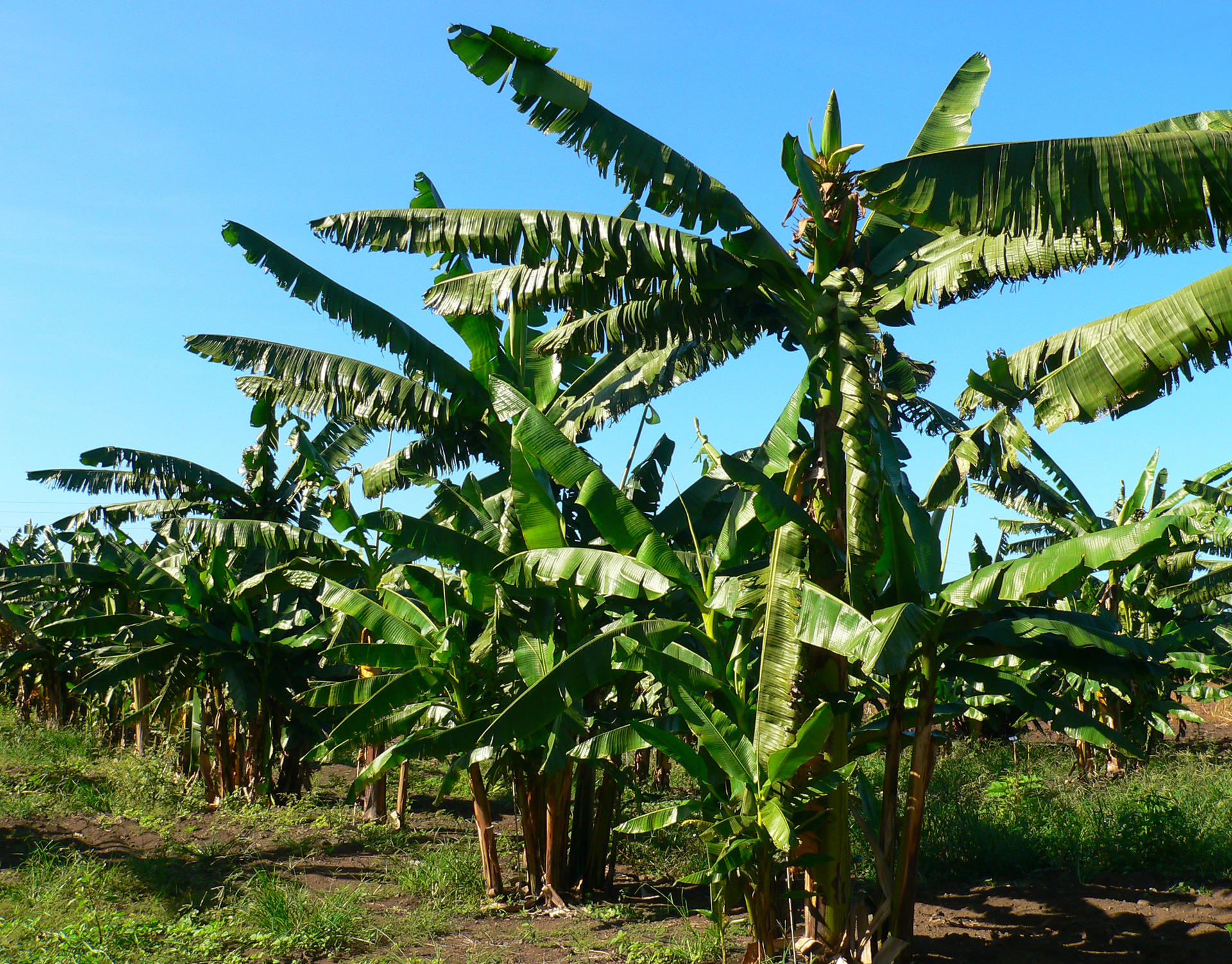Bananas: Importance & History of Research

Millions of people around the world depend on banana as a source of food and income. However, despite increasing global banana production, yields of banana – both dessert and cooking types – are far below their potential.
The Importance of Banana (Musa)
(Musa) is one of three genera in the family Musaceae. The genus includes 83 species of flowering plants producing edible bananas and plantains.
Production is affected by a range of pests and diseases such as Fusarium wilt, bacterial wilts, nematodes, weevils, black leaf streak and bunchy top; declining soil fertility; abiotic stress such as drought and extreme weather events brought about by climate change.
Some 1,000 cultivars of banana are estimated to exist. However, over 50% of all cultivars grown worldwide belong to only one genetically narrow group – the Cavendish subgroup. The tendency to replace local diversity with a single high-yielding cultivar as a monocrop is increasing every year, even in smallholder fields, sometimes resulting in complete loss of local diversity. The risks associated with relying on one or a few genetically similar cultivars of a crop are well known, as the Irish Potato Famine demonstrated in the 19th Century.

There is an urgent need to protect and further explore the diversity of banana (Musa), both wild and cultivated, to increase diversity in farmers’ fields, for more resilient smallholder banana production systems.
History of Banana Research at The Alliance
Banana-related research at the Alliance of Bioversity and CIAT began in 1985, when the International Network for the Improvement of Banana and Plantain (INIBAP) was founded to promote the conservation and safe exchange of genetic resources in support of banana improvement, largely in response to the threat of the emerging disease Black leaf streak (Black Sigatoka). In 1991, INIBAP became a CGIAR centre and in 1994, a programme of the International Plant Genetic Resources Institute (IPGRI). In 2006, INIBAP and IPGRI joined forces and adopted the name Bioversity International. Bioversity International merged with CIAT in 2020 to form The Alliance of Bioversity and CIAT.

A bunch of organic bananas grown by a smallholder farmer near Palmira, southwestern Colombia.
©NeilPalmer
